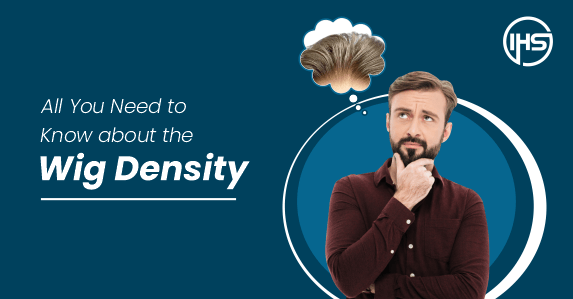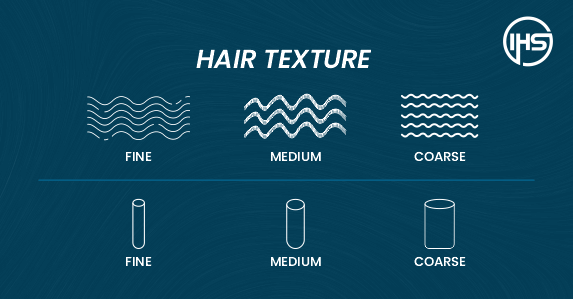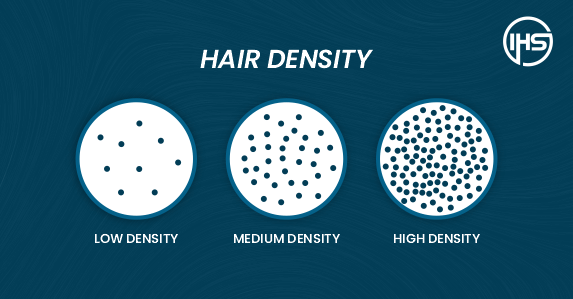



Contact our specialists now for Hair Replacement!
Wig type – Checked. Wig color- checked. Wig material- checked. Wig size – checked! Sorted? No! Major missing on something right? But what is it? Wig Density. From natural and subtle to bold and voluminous, the density of the wig is a major component that cannot be missed in any case. Wig density is a key component in the world of wigs, influencing the way they look.
Wigs are the style icon that knows no bounds and offers you a chance to reinvent yourself every day, but, understand it will make you feel a certain way only if you consider the density of a wig’s hair strands that can dramatically impact your overall style. Since wigs or toupees offer a convenient way to try different styles on the go, their consumption rate is likely to grow at a steady rate. The global hair wig market size was worth around USD 6.48 billion in 2022 and is predicted to grow to around USD 12.25 billion by 2030.
This blog will be your go-to resource for everything you need to know about wig density. Stay tuned and read till the end.
Wig density is defined as how thick or thin your hair on a wig will be.
Wig density is typically measured in percentages, ranging from as low as 50% to as high as 250% or more. The percentage represents the amount of hair on the wig compared to a natural human hair density.
Example: A wig with 100% density would mimic the natural density of human hair, while a wig with 150% density would have 1.5 times the amount of hair.
" Density is not only about the thickness but it's about the richness of your hair brings to your life."
Density and thickness each refer to way different things. Learning the difference can help us get to know how both these terms stand apart from each other.

Little known fact: Your entire body has a total of about 5 million hair follicles.

Wigs are one of the most reliable sources of non-surgical hair replacement system, it becomes crucial to understand the importance of the density the wig carries and why.
The right density ensures that the wig mimics the density of natural hair, creating a seamless and authentic look. Choosing the appropriate wig density is very much important for achieving the desired style and complementing the wearer’s overall personality.
This density level offers a subtle and natural appearance, suitable for men who prefer a more discreet or conservative hairstyle. A light-density hair system mimics the natural look of fine or thin hair.
Offering a balanced and versatile option, medium-density wigs provide enough volume to achieve a fuller look without appearing overly thick. This is a popular choice for men seeking a classic and timeless hairstyle.
Heavy-density wigs are designed for those who desire maximum volume and fullness in their hairstyle. This density level can create a bold and statement-making look, ideal for individuals with a more dramatic sense of style.
Choosing the right wig density involves considering various factors to ensure a natural and personalized look.
Here’s a guide to help in the decision-making process:
Subtle or Bold: Determine whether you prefer a subtle, natural look or a bolder, more voluminous hairstyle. Your style will guide the appropriate density choice.
Oval, Round, Square: Different face shapes complement varying wig densities. For instance, round faces may benefit from a bit more volume to add definition, while oval faces might suit a range of densities.
Consider your daily activities and how much maintenance you are willing to invest in styling. Lighter densities often require less styling effort, while heavier densities can offer a more structured look.
Hairline and Crown: If your natural hair loss pattern is concentrated at the crown or Receding hairline, choosing a density that mimics your remaining natural hair can provide a seamless transition.
Young or Mature: Your age and desired aesthetic play a significant role. Lighter densities may appear more youthful, while heavier densities can provide a mature and distinguished look.
Formal or Casual: Consider the occasions and settings where you’ll wear the wig. Lighter densities are often suitable for everyday wear, while heavier densities may be chosen for more formal events.
Fine, Medium, or Coarse: Match the wig density to your natural hair type and texture for a seamless blend. Fine hair may look more natural with lighter densities, while coarser hair may handle heavier densities well.
Visit us and seek a piece of advice from us and we will guide you to the best based on our knowledge & current trends.
Understanding wig density is crucial for ensuring the longevity and natural appearance of your wig. Whether you have a light, medium, or heavy-density wig, adopting the right care practices will keep your investment looking fresh and vibrant. For personalized advice on what to look for when it comes to deciding about the density of wigs, trust the experts at IHS Hair Replacement London.

IHS Hair Replacement is a hair replacement brand based in 2 prime locations, West Kensington in West London and Liverpool Street in Central London. We provide a full head of hair achieved through our hair integration procedure giving you confidence and life.